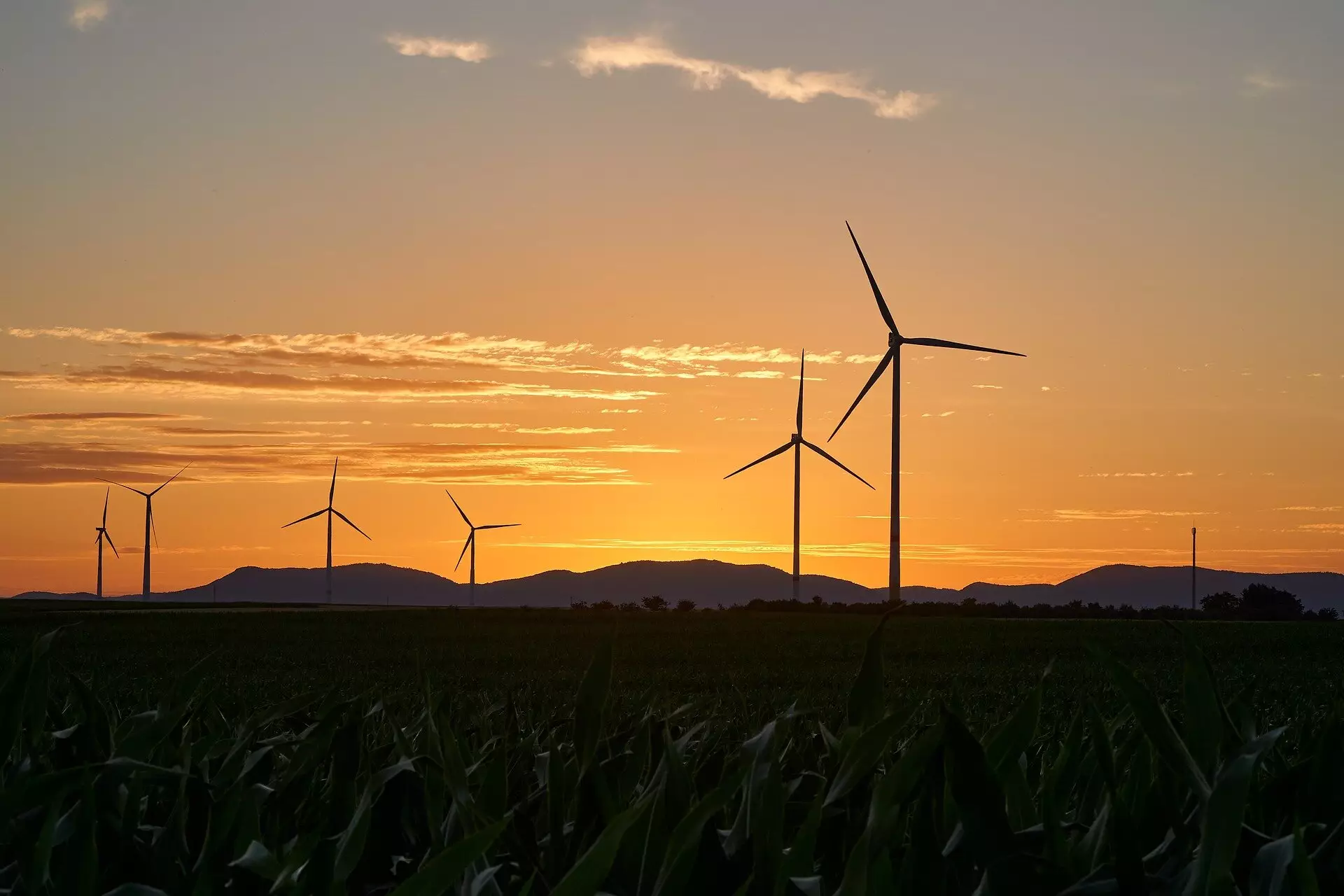Australia’s electricity sector has long been seen as a leader in emissions reduction efforts, boasting a 26% drop in emissions over the past 15 years. However, recent developments paint a different picture. Despite the commendable progress made in the past, investments in renewable energy plants have slowed down significantly in recent years. Financial approvals for new solar farms have shrunk by more than a third, and no new wind farms have received backing. These trends are troubling, considering the ambitious emissions reduction targets set by the federal government.
The Challenges Holding Back Progress
One of the primary reasons for the stalled growth in the electricity sector is the lack of infrastructure to support new renewable energy projects. New wind and solar farms require additional transmission lines to deliver electricity efficiently to consumers. The existing transmission network is not adequately equipped to handle the increased demand and the geographical distribution of renewable energy sources. As a result, many renewable generators are forced to connect to congested transmission lines, leading to curtailed output and financial strain on developers.
Another major obstacle to accelerating the pace of renewable energy growth is the uncertainty surrounding the retirement of aging coal generators. While it is essential to build replacement capacity for these generators, the lack of clarity on their exit dates hampers investment in new generation projects. Coal generators are required to declare their earliest exit date, but loopholes allow them to push these dates back, as evidenced by Delta Electricity’s decision to extend the closure date for the Vales Point power station. Additionally, state governments’ opaque deals to pay coal power stations to stay open further complicate the transition to renewable energy.
The disjointed approach taken by state and federal governments in setting renewable energy targets has also contributed to the sluggish progress in the energy transition. State governments have established renewable energy zones independently, leading to inefficiencies and increased costs. To address these challenges, a more coordinated and cohesive policy framework is needed to drive the rapid growth of renewable energy in Australia. Governments and industry stakeholders must work together to ensure a smooth transition away from coal and towards a more sustainable energy future.
To overcome the current obstacles and meet the ambitious emissions reduction targets set by the government, a more proactive and interventionist approach may be necessary in the short term. Governments will likely need to step in to coordinate new transmission infrastructure, generation projects, and coal generator exits to ensure a reliable energy supply during the transition period. Beyond 2030, policymakers must focus on designing rules and regulations that govern the new electricity system, taking into account the increasing role of renewable energy sources and distributed energy resources.
In addition to addressing the immediate challenges, policymakers must also consider the role of carbon pricing and the integration of distributed energy resources in the future energy system. A clear and enduring carbon price is essential to guide the entry and exit of gas plants and ensure that they pay for their emissions. Governments must also find ways to better integrate rooftop solar panels, electric vehicles, and other distributed energy resources into the grid to maximize their benefits and support the transition to a cleaner and more reliable energy system.
The Imperative of Acting Now
The urgency of accelerating the growth of renewable energy in Australia cannot be overstated. While the current challenges are significant, the consequences of inaction are far greater. Political leaders must prioritize the transition to a clean, affordable, and reliable energy system to meet the demands of voters and secure a sustainable future for generations to come. The time to act is now, and the hard work must begin without further delay.


Leave a Reply